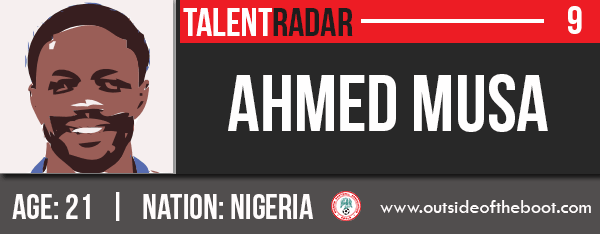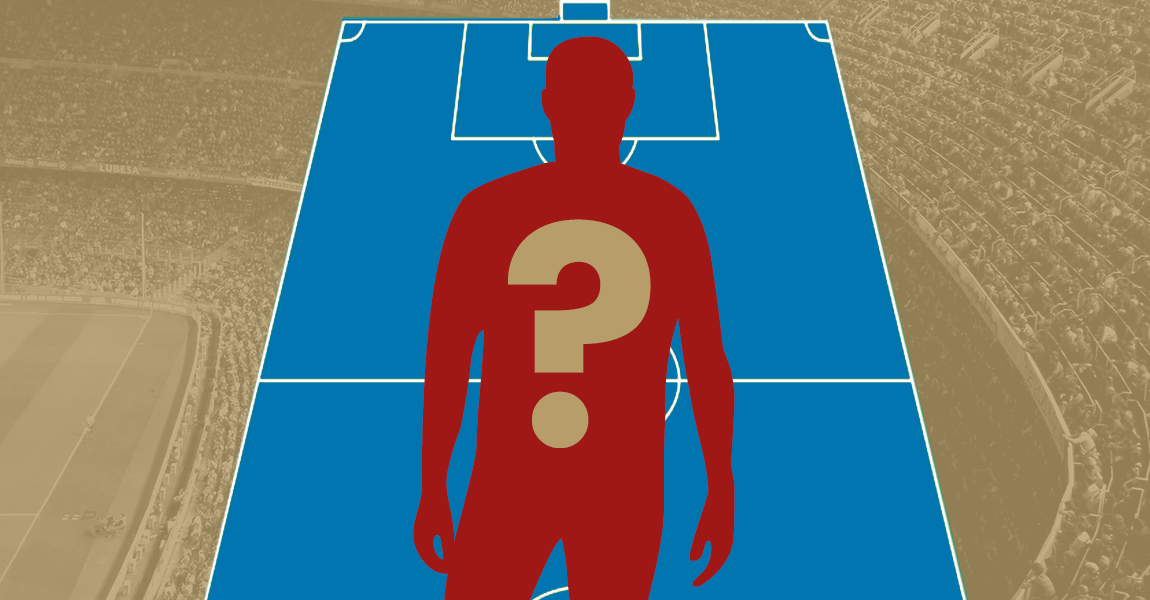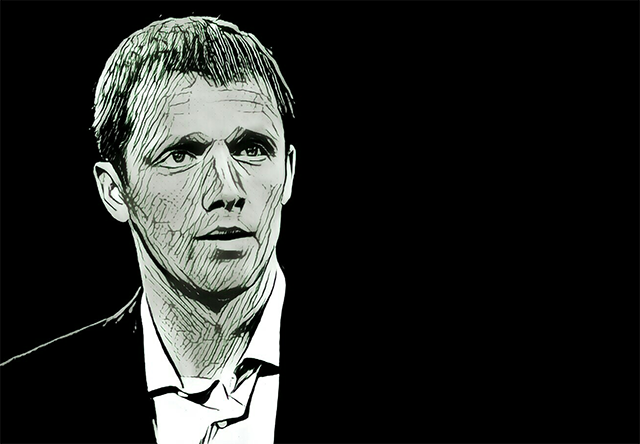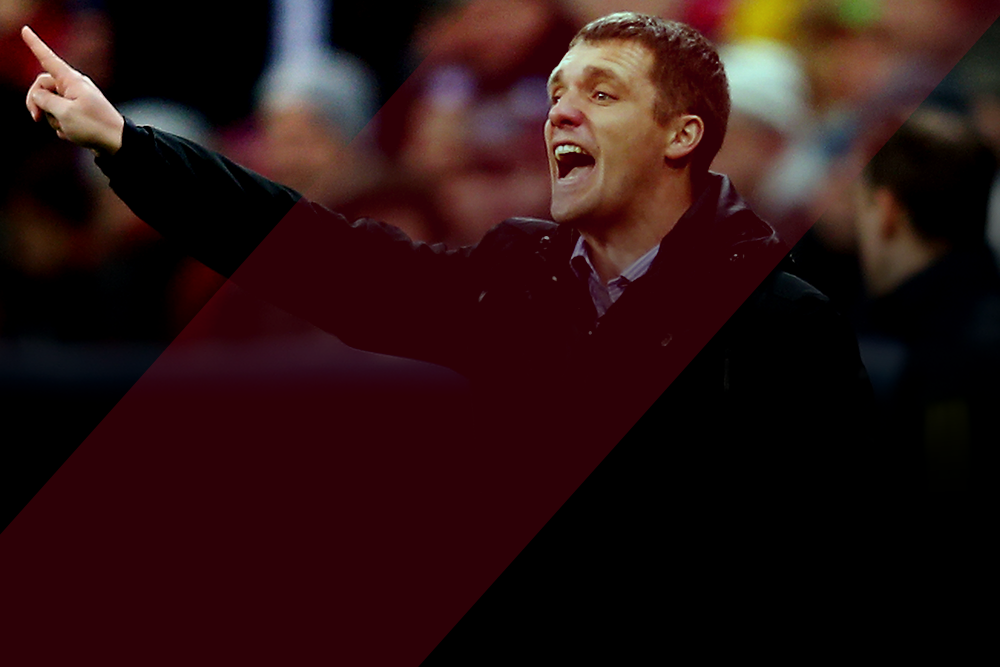As the World Cup draws to a close and teams, players, coaches, pundits & fans alike reflect on what was and what could have been, we at Outside of the Boot under our Talent Radar feature recognise the best young players at the 2014 FIFA World Cup.
The eligibility criteria for this list are all those players who were 21 and below at the start of the 2013/14 season (taken as June 1st 2013).

What was expected of him? Following his impressive showing at the Confederations Cup a year back and his growth in the Russian Premier League with CSKA Moscow, expectations were fairly high for Ahmed Musa in the Nigerian camp. He was in fact seen as the key player for the Super Eagles, ahead of the likes of Emmanuel Emenike and Peter Odemwingie.
How did he perform? Ahmed Musa was expected to start every game and he did, playing on the right side of attack in the opening game against Iran. It was a game that left many viewers disappointed and frustrated as it failed to continue the trend set by the previous matches, with both sides playing out a rather drab 0-0 draw. Musa along with his team-mates was left frustrated by a solid & resilient Iranian set-up (one they wouldn’t get credit for until the next game), with the Africans failing to break the Persians down. Musa managed to get just one shot off and attempted a mere 15 passes, completing just 60% of them, according to WhoScored. A disappointing performance from a hyped Musa and an even bigger disappointing display from two sides who could look to progress from the group.
Things didn’t get much better from there for Nigeria in their next game against Bosnia in terms of performance. In my opinion this was the poorest game at the World Cup, particularly from the opponents. But Nigeria did get the win with a solitary effort from Odemwingie. Musa was shifted to the left side of the attack for this game and had a comparatively better impact against a weak Bosnian defence. He managed to make a few penetrative runs and also get a few shots off, 3 in total, forcing Asmir Begovic (man of the match) into a couple of saves. Despite the improvement of performance, Ahmed Musa still wasn’t showing enough of what he really is capable of, failing to reach his true potential.
What better game to put the critics behind, realise your potential, and announce yourself than against the mighty (and eventual finalists) Argentina. Although it was a game that Lionel Messi further enhanced his reputation and put any doubts of “he doesn’t perform at the big stage” behind, the smaller story being written was of Ahmed Musa matching the Barcelona star stride for stride in almost immediate replies. A goal down early on in the third minute, Ahmed Musa put the Africans back in it with a goal after just a minute, with a typical cut inside and a perfect curl to the far post. It’s something Musa often looks to do with Nigeria, cutting in from the left hand side.
After Messi had put Argentina ahead again at the stroke of half-time, Ahmed Musa for a second time had a reply just two minutes after half-time with a superbly worked goal. A give and go with Emenike opened Argentina’s defence up as it took some 3-4 players out, and Musa then proceeded to show immense composure in finishing for his brace. That’s as good as it got though for Nigeria. Following the equaliser, Argentina took control and eventually found a winner though both teams ended up progressing.
The round of 16 game against France brought another side of Musa out onto the pitch. After displaying his tactical ability, the youngster did a remarkable job defensively to contain the threat France provided down the right. Debuchy and Valbuena were a constant threat, but Ahmed Musa was exceptional in his play, tracking back to cover defensively and out-muscling the French duo constantly. But as the game wore on, Musa’s impact began to subside in both areas of the pitch. In the attacking third, he didn’t have any real impact as he failed to get a single shot off on goal.
Ahmed Musa has again shown his abilities to contribute in swift attacks, cutting inside regularly while relying on his pace. But his short spell of defensive work against France particularly grabbed attention, a sign of an improving & maturing footballer. There is still a lot of ‘rawness’ about Ahmed Musa, but it’s the sort of talent that needs a proper coach who can mentor him into the finished product he has the ability to be. Typical winger, and one that can be molded to suit a front three system perfectly.
Scout Report: “His quick footwork and dribbling skills complement his ability to be deployed as a winger, and further increase his opportunity to take on defenders. Although he often lacks the delicate touch that prevents him from being a more complete winger, once he does manage to get the ball under control, he showcases awe-inspiring close control and composure. Musa prefers to use his pace to chase the ball even while in possession, rather than it moving in tandem with his speed.” You can read a detailed Scout Report on Ahmed Musa here.
More from Talent Radar: Ahmed Musa was at No.24 in the Talent Radar list of 25 Young Players to Watch at the World Cup. Safe to say he well surpassed our expectations, although he never consistently played at the level he is capable of playing.
What does the future hold for him in the national team? At the age of 21, Ahmed Musa has already established himself as the key man for the Super Eagles. Though he isn’t quite the finished product yet, with time Musa has the ability to develop into one of the finest young players from the vast African continent, and most certainly will take up a key role for years to come with Nigeria. Although the country’s football federation is facing troubling times with FIFA sanctions, once that’s sorted, expect Musa to go on to bigger things and were Nigeria to qualify, he easily has two more World Cups left in him.
Other players in the list: #10 Memphis Depay | #8 Xherdan Shaqiri | #7 Paul Pogba | #6 Kevin De Bruyne | #5 Joel Campbell | #4 Ricardo Rodriguez | #3 Raphael Varane | #2 Neymar | #1 James Rodriguez

























































